The Ultimate Coriander Companion Planting Chart
The Ultimate Coriander Companion Planting Chart
Cilantro is a delicious and versatile herb that can be used in a variety of dishes, from salsa to curries to salads. It's also a relatively easy herb to grow, but there are a few things you can do to help it thrive. One of the most important things is to plant it near companion plants that will benefit it.
What are companion plants?
Companion plants are plants that grow well together and can even help each other thrive. They may share similar growing conditions, repel pests, or attract beneficial insects. By planting companion plants together, you can create a more balanced and productive garden.
What are good companion plants for cilantro?
There are many good companion plants for cilantro, but some of the best include:
- Asparagus: Cilantro can help protect asparagus from pests.
- Beans: Beans add nitrogen to the soil, which cilantro can benefit from.
-(2).jpg)
- Carrots: Cilantro can help repel carrot flies from carrots.
- Cucumbers: Cilantro can help repel cucumber beetles from cucumbers.
- Dill: Dill and cilantro both attract beneficial insects, such as ladybugs and lacewings.
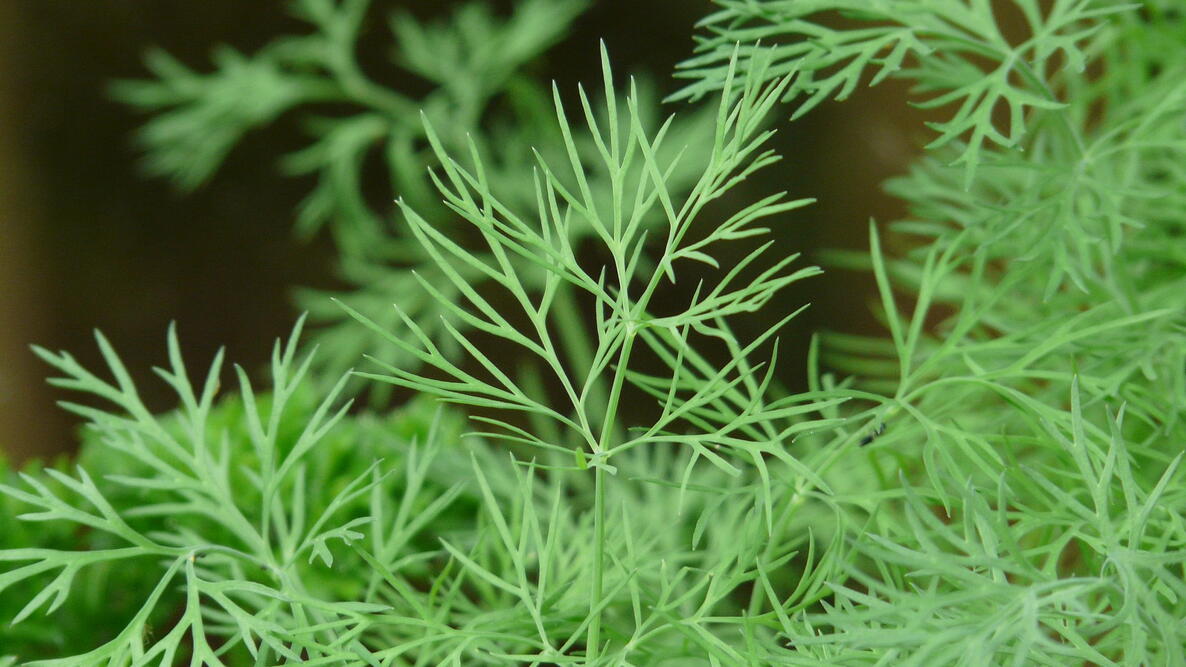
- Kale: Cilantro can help repel cabbageworms from kale.

- Lettuce: Cilantro can help repel aphids from lettuce.
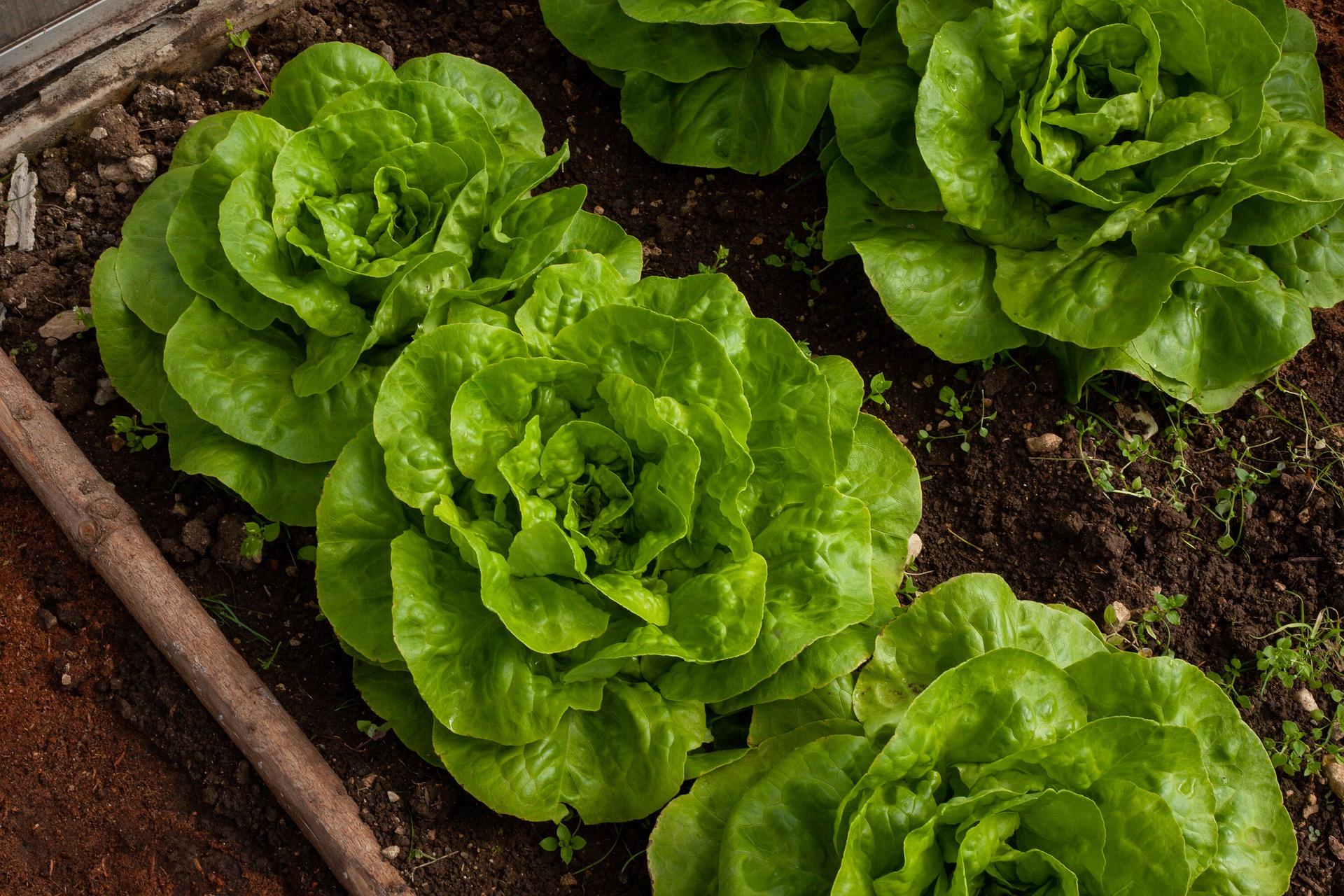
- Onions: Onions and cilantro can help repel root knot nematodes from each other.
- Peas: Peas add nitrogen to the soil, which cilantro can benefit from.
- Potatoes: Cilantro can help repel potato beetles from potatoes.

- Spinach: Cilantro can help repel aphids from spinach.
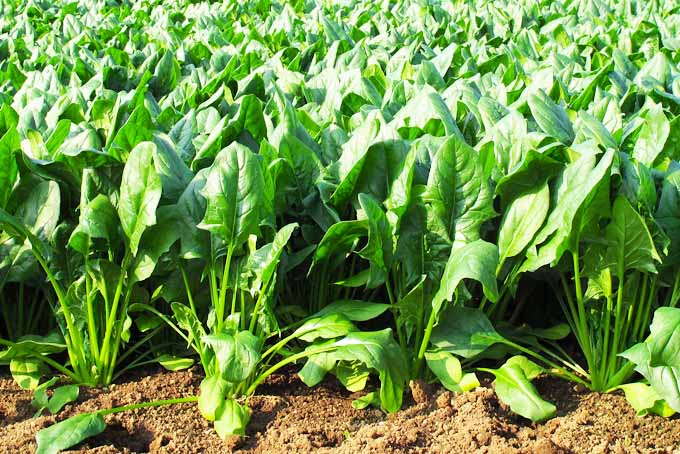
- Tomatoes: Cilantro can help repel whiteflies from tomatoes.
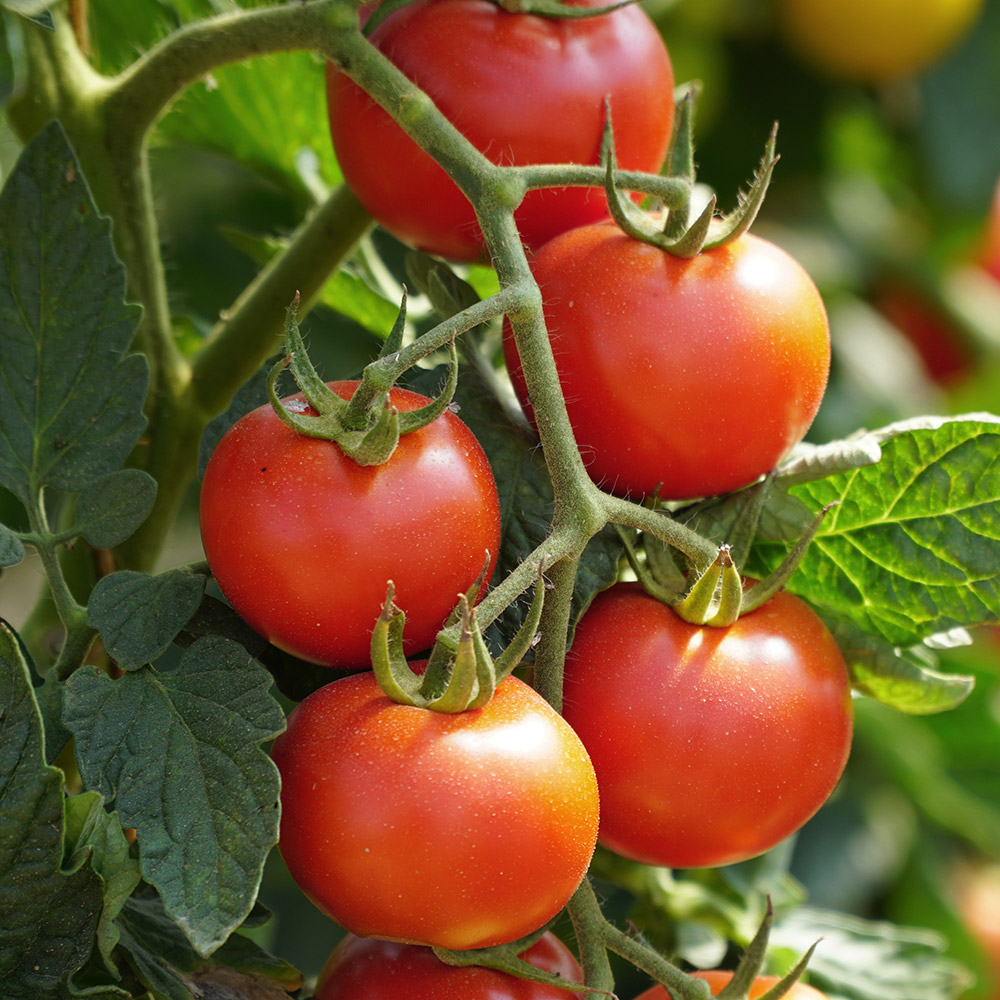
How to plant cilantro with companion plants
When planting cilantro with companion plants, it's important to consider the spacing requirements of each plant. Cilantro needs about 6 inches of space between plants, so you'll need to adjust the spacing of the other plants accordingly.
You can also plant cilantro with companion plants in containers. This is a great option if you have limited space or if you want to be able to move the plants around as needed.
Conclusion
By planting cilantro with companion plants, you can help ensure that your herb garden thrives. Companion plants can help to repel pests, attract beneficial insects, and improve the overall health of your plants. So next time you're planning your herb garden, be sure to consider planting cilantro with some of its best friends.
Cilantro is a delicious and versatile herb that can be used in a variety of dishes. But did you know that it can also be a beneficial companion plant for other vegetables and herbs?
The fragrant leaves of cilantro help to repel pests, and the plant also attracts beneficial insects like ladybugs and lacewings. This makes it a great choice to plant near tomatoes, eggplants, peppers, potatoes, and asparagus.
Cilantro also does well near plants that add nitrogen to the soil. Nitrogen-producing plants include beans, peas, alfalfa, clover, and lupines. These plants can help to improve the health of your cilantro plants and give them a boost of nutrients.
If you're looking for more information about coriander companion planting, I recommend visiting Gardenia Inspiration. This website has a comprehensive chart that lists the best and worst companion plants for cilantro. You can also find tips on how to plant and care for cilantro, as well as recipes that use this delicious herb.
FAQ of coriander companion planting chart
- What is a coriander companion planting chart?
A coriander companion planting chart is a guide that shows which plants can be grown together and which plants should be avoided. Companion planting can help to improve the growth and productivity of your plants, as well as deter pests and diseases.
- What are some good companion plants for coriander?
Some good companion plants for coriander include:
- Tomatoes: Coriander helps to repel tomato hornworms.
- Carrots: Coriander helps to improve the flavor of carrots.
- Lettuce: Coriander helps to repel aphids.
- Beans: Coriander helps to improve the nitrogen content of the soil.
- Peas: Coriander helps to deter pests such as cabbage moths.
- What are some bad companion plants for coriander?
Some bad companion plants for coriander include:
- Fennel: Both plants are in the same family and can cross-pollinate, which can affect the flavor of the coriander.
- Dill: Both plants can attract the same pests.
- Parsley: Both plants can stunt each other's growth.
- Cucumbers: Coriander can attract cucumber beetles.
- Potatoes: Coriander can stunt the growth of potatoes.
- How do I use a coriander companion planting chart?
To use a coriander companion planting chart, simply look up the name of the plant you want to grow and see which other plants are listed as good companion plants. You can then plant these plants together in your garden.
- Where can I find a coriander companion planting chart?
There are many places where you can find a coriander companion planting chart. You can find them online, in gardening books, or at your local nursery.
Image of coriander companion planting chart
- Image 1: This image shows a companion planting chart with coriander as the main plant. It lists other plants that are good companions for coriander, as well as plants that should be avoided.
- Image 2: This image is a close-up of the part of the chart that lists the good companions for coriander. It shows that coriander is a good companion for plants such as tomatoes, carrots, and beans.
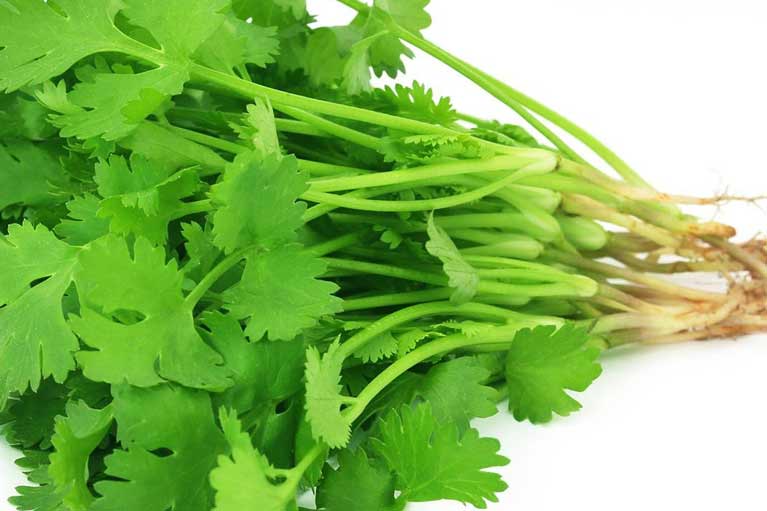
- Image 3: This image shows a companion planting chart that is organized by type of plant. The chart shows that coriander is a good companion for both vegetables and herbs.

- Image 4: This image is a more detailed companion planting chart that shows the specific benefits of planting coriander with other plants. For example, it shows that coriander can help to deter pests from tomatoes and that it can improve the flavor of carrots.

- Image 5: This image is a printable companion planting chart that you can use to plan your garden. The chart includes a list of all the plants that are good companions for coriander, as well as their benefits.
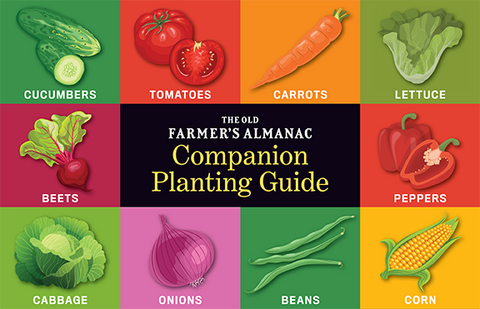
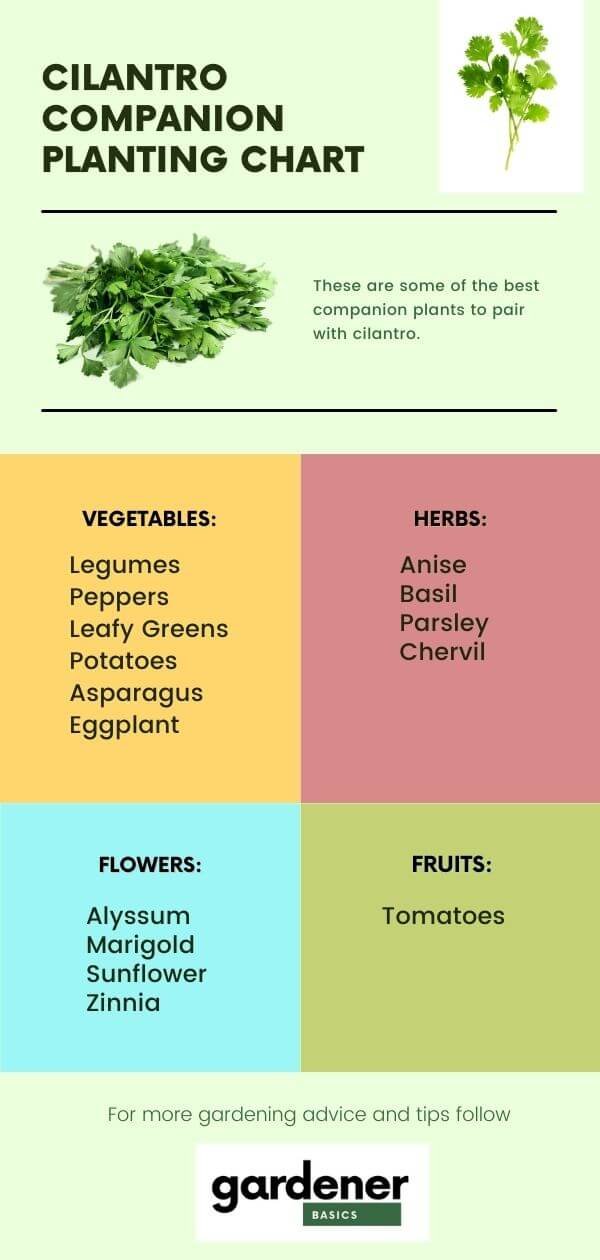
Post a Comment for "The Ultimate Coriander Companion Planting Chart"